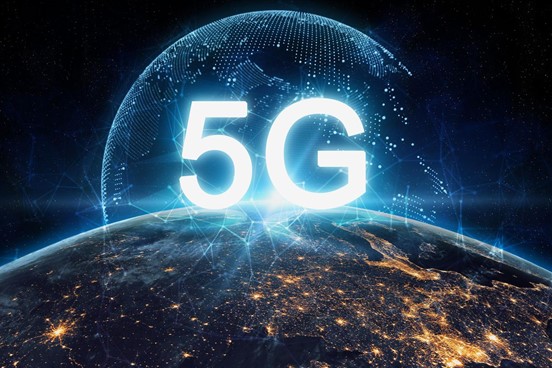
New Technologies – Technology is developing very quickly. Brain-machine interfaces, intelligent robots, and DNA computing may sound like a plot for the latest Hollywood blockbusters, but we hope these new technologies will change our daily lives.
New Technologies of 2023:
1. 5G technology:
5G technology is the next generation of network and cellular services. It is expected to provide at least 20 Gbps downlinks and 10 Gbps downlinks. This makes 5G networks at least 40 times faster than the current 4G LTE. This opens the door for operators to new services, network operations, and customer experiences. Currently, the market is led by Switzerland, followed by South Korea and the United States.
2. Internet of Behavior (IoB):
The collection and use of data to facilitate behavior is called Internet Behavior (IoB). An example of this is people who use computer vision to determine if an employee is complying with mask protocol, collect this behavioral data for organizational analysis, and follow government protocols at work. There are industrial sites that are influencing.
3. DevSecOps:
DevSecOps is an acronym for Development, Security, and Operations. The goal is to implement security at the same scale and speed as development and operation, not just development and operation. With the expansion of microservices, DevSecOps appears to be deeply embedded in the DevOps market.
An operating model is essential everywhere for a business to successfully graduate from this current economy. At the core of this operating model is the ability to access, deliver, and enable your business from anywhere. This format is currently exploring many other aspects of technology such as GitOps, DataOps, and NoOps.
4. Intelligent process automation:
Robotic process automation is the idea that “everything that can be automated should be automated.” This year we discovered something even more surprising. It is the intelligent automation of processes. In short, IPA enables robots to take advantage of artificial intelligence, big data, and machine learning capabilities. That is, robots can learn and improve over time. This helps these intelligent robots evolve from the “if so” rule. Investment in IPA is projected to reach $ 232 billion in 2025, as automation adoption growth is forecast.
5. Tangible virtual reality:
Innovative technology provides a more immersive experience like AR and VR. Augmented reality is an overlay of real-world technology. CISCO predicts that AR-VR traffic will increase 12 times worldwide by 2023 in all areas of entertainment.
Touching it gives you a deeper understanding of what you cannot fully experience visually and audibly. This is where tactile virtual reality comes in. It combines several types of technology, such as sensors and advanced optics, in a single device to provide the ability to overlay enhanced digital content in space in real-time. Advances in touch/touch technology have made it possible to extend the touch barrier.
6. Big data analysis:
New trends like X-Analytics are being used to find solutions to challenges like climate change, disease prevention, and wildlife conservation.
Big data also provides interesting directions, such as decision intelligence, which provides a framework that helps data engineers design, model, implement, and monitor decision models and processes in the context of behavioral and business outcomes. In fact, by 2023, more than 33% of large organizations will have analysts who practice decision intelligence.
Leave a Reply